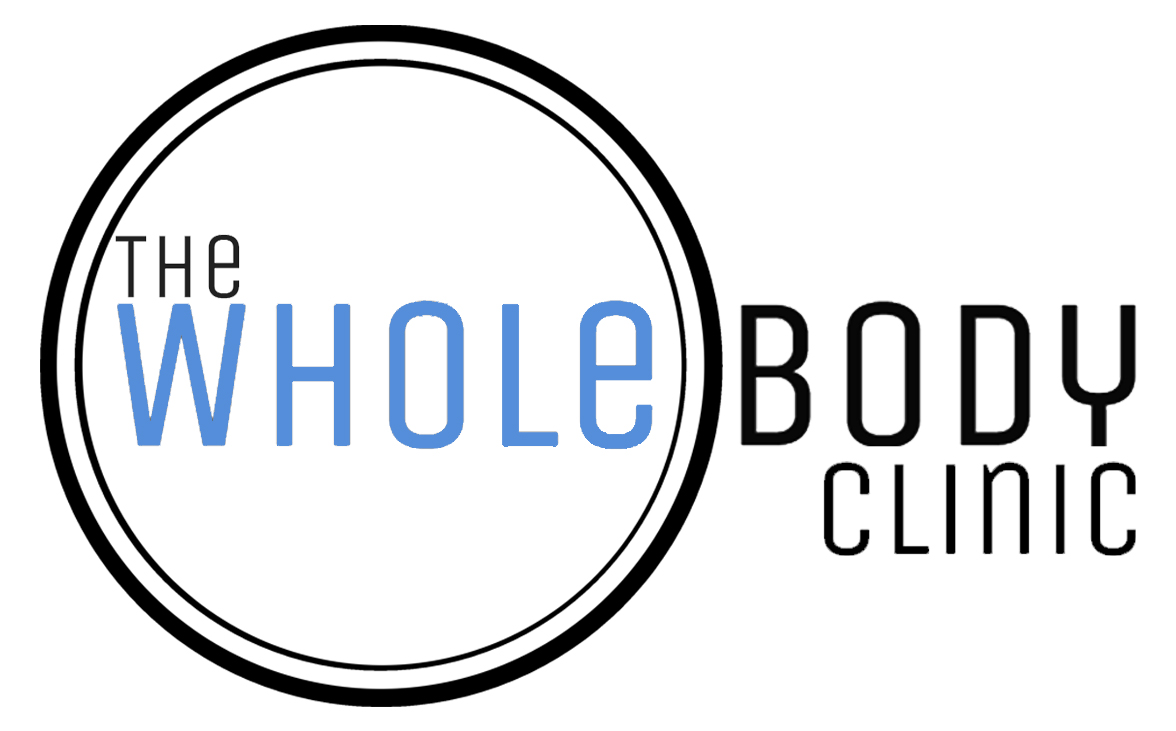Your Hips Are Causing Your Back Pain…?

Have you ever considered the thought that your lower back pain could be coming from your hips? We commonly talk about pain in parts of our lower limbs referring down from the back, but you may not know it can also be the other way around. The hips will always be one of the key areas we will examine to get to the real cause of your lower back pain.
Among other things, our spine is designed to provide stability and an attachment site for the muscles of our extremities. It is therefore designed to function by stabilising movement of the spine whilst allowing the upper and lower limbs to move about.
Commonly in this day and age, the majority of people spend too much time sitting, which leads to restricted mobility through their hip joints. Remember our joints are designed to be moved, and reducing mobility can lead to hip dysfunction. Restriction to the range of movement in the hips will have an impact on the stability and loading of the spine as it compensates for this.
This can lead to dysfunction in both our hips and the spine, which eventually can result in pain in the lower back.
Now if we keep up the lifestyle of prolonged sitting, our pain will continue and gradually get worse.
So a good practitioner will examine your hips thoroughly when you present with lower back pain. Part of what they will look for is weakness and poor activation patterns of the muscles of the hips. Most commonly prolonged sitting leads to very weak and tight hip flexors, whilst the primary hip extensor (Gluteus Maximus) is weak and poorly activated.
The tight and weak hip flexors can translate the ball of the hip joint forward in the socket, leading to the reduced mobility in the hips.
When we see this occurring, a personalised hands on treatment is important. As is the use of exercise rehabilitation. Our osteopaths will give you a number of exercises that activates each weak muscle correctly, which eventually leads to the ball of the hip joint translating posteriorly, allowing greater mobility in the hips.
When the hips are functioning correctly, the spine doesn’t have to compensate for the lack of mobility. Function is then restored and once again it can be a stable pillar of support. Core exercises to help the spine to remain stable will then be part of the rehabilitation.
Restoring balance, mobility and strength will see your lower back pain and hip dysfunction resolve and allow you to live life free of pain and able to manage your symptoms for the long term.
Dr Jackson Redfern – Osteopath
